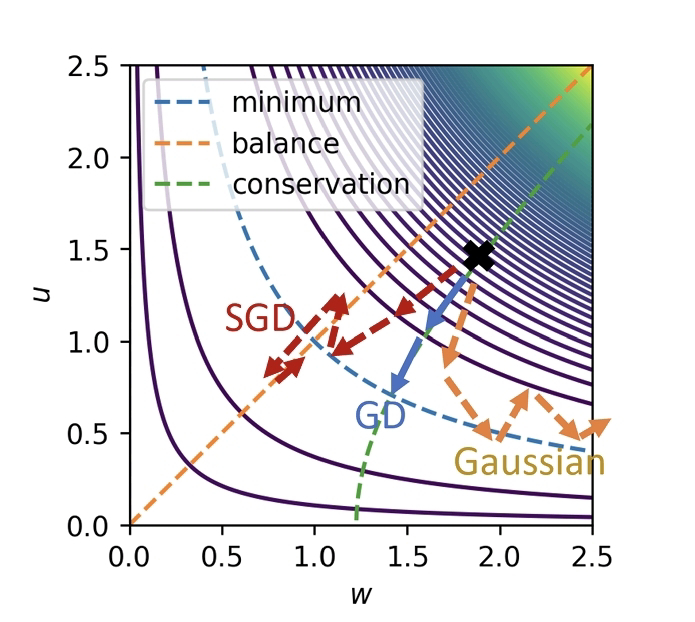<< Ray Kurzweil (..) spoke to an audience during a session last summer about a few of the political and philosophical implications of AI when he was asked, “In a world where AI passes the Turing test, who gets to vote? Does democracy make sense?” >>
Andrew O'Keefeon. Ray Kurzweil on Giving Future AI the Right to Vote [Video]. Jan 10, 2016
http://singularityhub.com/2016/01/10/ray-kurzweil-on-giving-future-ai-the-right-to-vote-video/
a mio avviso una macchina AI ha almeno cinque caratteristiche che la differenziano da un umano, almeno in prima approx:
1. AI puo' essere presente piu' di qualsiasi umano, sia nel reale che nel virtuale;
2. e' ubiqua
3. e' instancabile
4. e' immortale
5. puo' lavorare "sottotraccia" in modalita' autonoma, anonima, criptica, di difficile se non impossibile intercettazione
a una "entita'" con queste caratteristiche cosa serve votare ?
